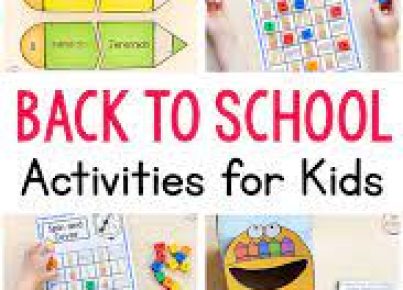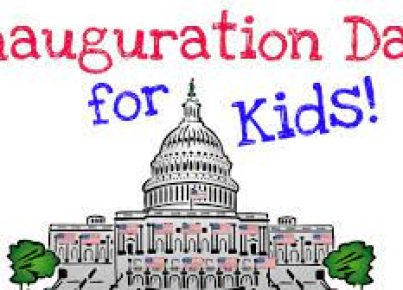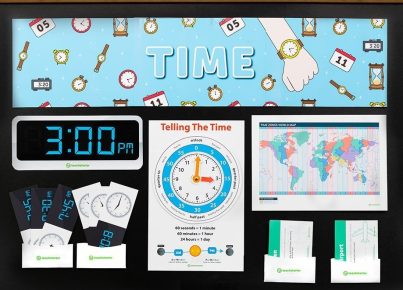1. Multiplication Chart: Display a colorful multiplication chart that breaks down the times tables, making it simpler for third graders to memorize.
2. Writing Process: A step-by-step guide clearly illustrating the different stages of writing, from brainstorming to publishing.
3. Reading Comprehension Strategies: Share helpful techniques for students to improve their reading skills, such as visualizing, questioning, and summarizing.
4. Types of Sentences: Explain the four basic sentence structures – declarative, interrogative, exclamatory, and imperative.
5. Parts of Speech: Provide a comprehensive chart that outlines each part of speech and its function in a sentence (noun, verb, adjective, etc.).
6. Fractions Made Simple: Offer visual aids showcasing how fractions work using everyday objects like pizza slices or chocolate bars.
7. Place Value Chart: Showcase how place values work with a place value chart ranging from ones to thousands.
8. Historical Timeline: Create an inspirational timeline featuring key events from history that students might find interesting and engaging.
9. Rounding Rules: Outline the rules for rounding numbers to the nearest 10 or 100 with clear examples.
10. Cursive Writing Guide: Offer a reference sheet for cursive letter formation to help students practice and perfect their penmanship.
11. The Water Cycle: Teach the steps of the water cycle through engaging illustrations with labels that explain each stage.
12. Telling Time: Make learning about hours and minutes engaging through an interactive clock face chart.
13. Simple Machines: Introduce levers, pulleys, inclined planes, wheels and axles in an easy-to-understand manner with diagrams and explanations.
14. The Scientific Method: Show the steps involved in conducting scientific experiments using an easy-to-follow flowchart or diagram.
15. Area & Perimeter Formulas: Provide illustrated examples demonstrating how to calculate area and perimeter for common shapes, like squares and rectangles.
16. Types of Clouds: Teach students various cloud types accompanied by images, so they can better understand weather patterns.
17. Cause & Effect: Use illustrated examples to help students grasp the relationship between actions and their consequences or effects.
18. Synonyms & Antonyms: Outline sets of words with similar or opposite meanings that can help to enhance vocabulary and language skills.
19. Equivalent Fractions: Display a chart that showcases groups of equivalent fractions through visual representations, such as bar models or pie charts.
20. Active Listening Tips: Offer useful strategies for improving focus, like maintaining eye contact and asking clarifying questions during discussions.
21. Main Idea & Supporting Details: Use examples to highlight the difference between the central message (main idea) and smaller points (supporting details) in a text.
22. Fact vs. Opinion: Teach students to discern facts from opinions using various real-world scenarios and statements.
23. Map Skills: Make learning geography fun through an interactive map that features continents, countries, and oceans.
24. Text Features: Explain the significance of text features like table of contents, headings, captions, and glossaries with clear examples from actual texts.
25. Classroom Rules & Expectations: Reinforce positive behavior with a visually appealing chart outlining guidelines and expectations for student conduct in the classroom.





